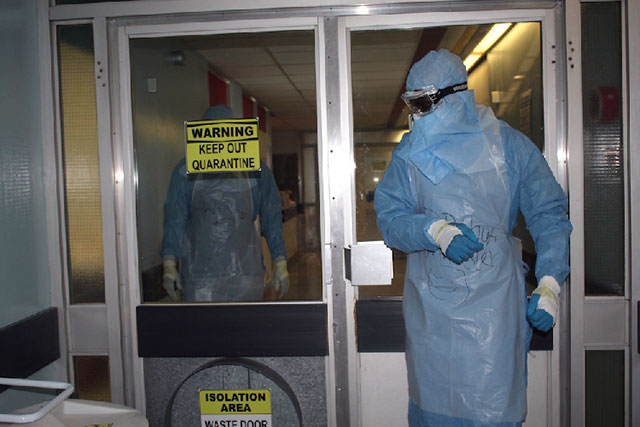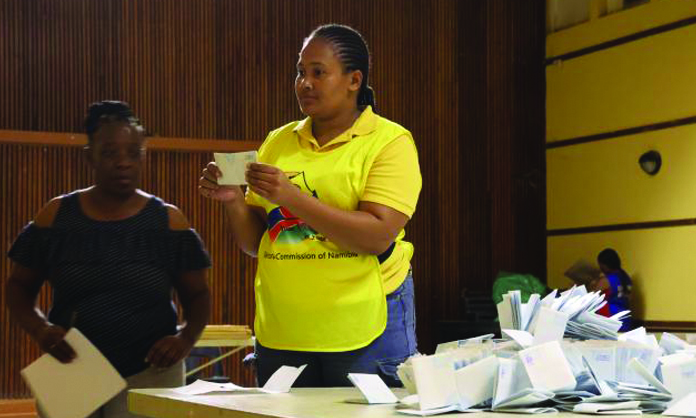A GOBABIS man is said to be in a stable condition after testing positive for symptoms of Congo fever at the Windhoek Central Hospital yesterday.
The man, of unknown age, who is from the Gobabis area, was admitted to the central hospital on 1 February after being transferred from the Gobabis State Hospital.
The health ministry’s Dr David /Uirab confirmed the case at a press conference yesterday. He said the results of tests done for Congo fever came back positive yesterday.
The patient, /Uirab said, was transferred to Windhoek after he displayed Congo fever symptoms.
The doctor added that apart from the patient’s partner, they were not aware of any other people he may have had contact with. His partner, the doctor said, received medical attention and was out of danger.
Health ministry director of special programmes, Annamarie Nitschke, also used the platform to give an update on the malaria situation in the country.
Nitschke said there has been an increase in malaria cases in the Okongo district in the Ohangwena region, the Nankudu district in the Kavango West region, the Tsumeb district in the Oshikoto region, and the Zambezi region. She added that the increase in malaria cases between 2015 and 2018 was reflected across southern Africa.
However, while there has been an increase in malaria cases, she said there has been a decrease in malaria deaths in January this year, compared to January 2017. Fifteen deaths were recorded in January ast year while six deaths were recorded in January this year.
“The Ministry of Health and Social Services conducted spraying in all malaria regions during September until mid-December 2017. A national coverage of 85% was reached during this campaign,” she said. She also added that case detecting teams had been deployed and static and mobile health posts had been established to support efforts in the Ohangwena, Oshikoto and the Kavango regions.
The most affected regions, Nitschke said, shared borders with the Cuando-Cubango and Cunene provinces of southern Angola.
As for hepatitis E, health minister Bernard Haufiku said th two hepatitis E patients had given birth to stillborn babies which the ministry decided to classify as hepatitis E related deaths, bringing the number of such deaths to five.
Also responding to media reports regarding the lack of water at the Katutura Intermediate Hospital, Haufiku said the lack of water was caused by a water valve on the gounds of the hospital having been closed.
He explained that while the hospital has water supply from two pipes, the two pipes operated through one valve.
Haufiku said they do not know who closed the valve or why. He further explained that the pump of the alternative water supply was also damaged.
The minister said the water issue was largely as a result of faulty communication as one of the hospital superintendents who was supposed to be on call, said that they were not aware, and therefore did not attend to the matter.
“The staff member said he or she cannot recall being on call,” Haufiku said, adding that the ministry would investigate and possibly take action against the employee.
As for the way forward, the minister said the pump was being repaired and the valve issue addressed.
Stay informed with The Namibian – your source for credible journalism. Get in-depth reporting and opinions for
only N$85 a month. Invest in journalism, invest in democracy –
Subscribe Now!






